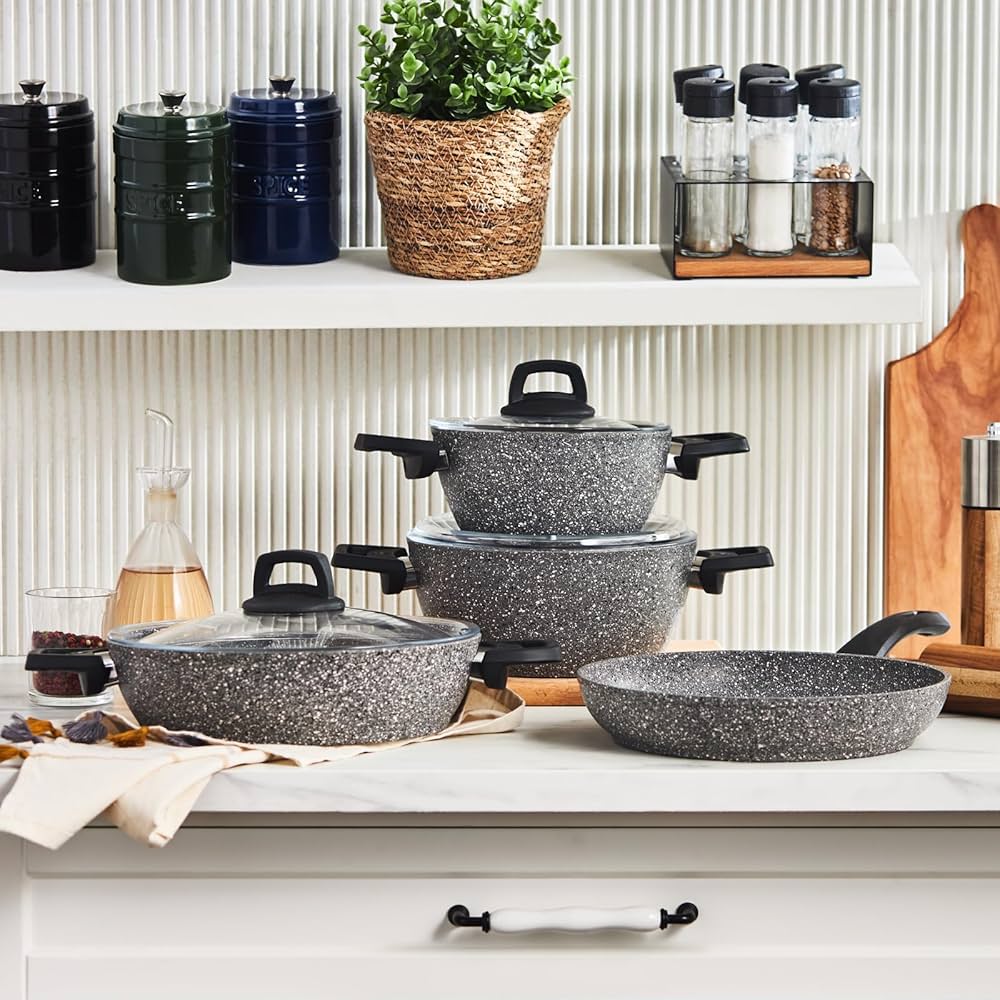Using Induction Cookware on Gas Stoves: A 2024 Guide
Introduction to Induction Cookware Compatibility
The switch from traditional to modern cooking methods has raised many questions. One such query is about the interchangeability of induction cookware on gas stoves.
Key Differences Between Induction and Traditional Cookware
Induction cookware and traditional pots and pans have distinct features. Induction cookware needs ferromagnetic materials to work. These materials react to the electromagnetic field in induction hobs. Traditional cookware simply heats up from the stove’s flame or electric elements.
A flat base is also crucial for induction cookware. It ensures proper contact with the induction hob for efficient heating. In contrast, traditional cookware can have various base shapes since they rely on direct heat.
Lastly, induction cookware heats up rapidly and distributes heat evenly. This is due to the direct heating of the pot by the induction hob’s magnetic field. Conventional cookware might heat less evenly, as the heat must transfer from the source to the pot.
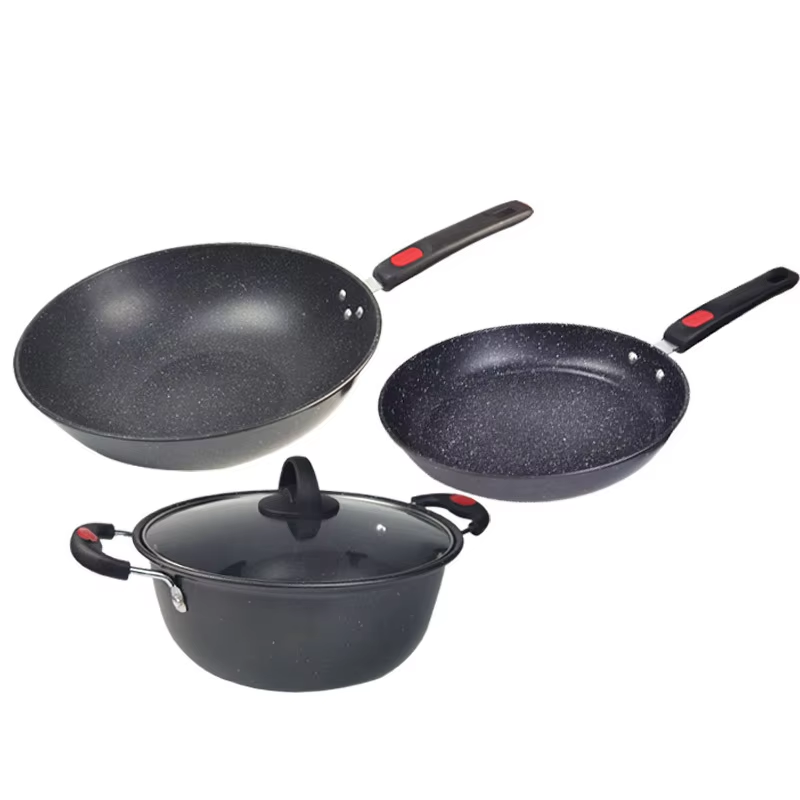
Core Materials Used in Induction Cookware
Discovering what makes induction cookware unique can guide you in using them with gas stoves. Induction pots and pans rely on specific core materials that react to induction hobs.
The Role of Ferromagnetic Materials in Induction Cooking
Ferromagnetic materials are key to induction cooking. These metals, like iron and steel, respond to the magnetic field of induction hobs. The hob’s coil generates a current, which in turn heats the pan. This process ensures swift and even heating.
Can Induction Cookware Be Safely Used on Gas Stoves?
Induction cookware is often made from ferromagnetic materials like iron or steel, which are essential for use on induction hobs. These materials react to magnetic fields, heating the cookware efficiently and quickly. Thanks to these properties, induction cookware can also be used on gas stoves without the risk of damage under normal conditions.
Conditions Under Which Induction Cookware Should Not be Used on Gas
While generally safe, there are specific scenarios where induction cookware should not be used on gas stoves:
- Thin Base: If the cookware has a very thin base, it might warp or damage under high heat.
- External Coatings: Cookware with non-stick or other external coatings should be avoided, as high flames could degrade these materials, releasing harmful fumes.
- Avoid High Heat: Induction cookware should not be exposed to high heat on a gas stove as it can cause discoloration and damage to the non-stick surfaces.
Ensuring that the cookware does not have any external magnetic or sprayed coatings is crucial as this could deteriorate when directly exposed to an open flame.
By understanding these conditions and using induction cookware properly, you can safely extend its use to gas stoves.
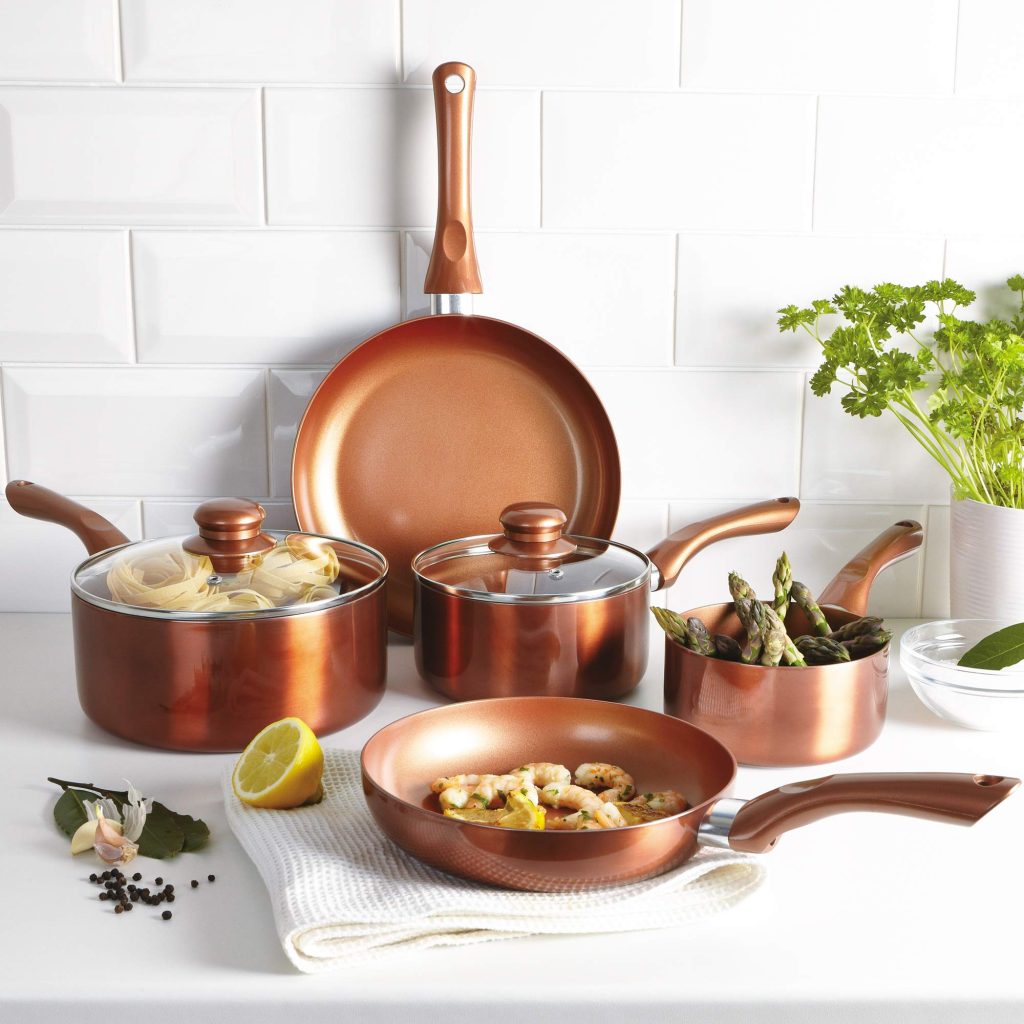
Advantages of Using Induction Cookware on Gas Stoves
Induction cookware, with its ferromagnetic materials like iron or steel, is not just for induction hobs. These pots and pans offer distinct advantages when used on gas stoves.
Enhanced Heat Distribution and Retention
One key benefit of induction cookware is its superior heat distribution. The materials used in these pans ensure even heating across the surface. This means no hot spots and evenly cooked food. Another advantage is heat retention. Induction pans retain heat well, keeping food warmer for longer after it’s removed from the flame.
Furthermore, because of the quality materials, you need less gas to achieve the desired cooking temperature. This saves energy, and might also cut down on your utility bills. The robust construction of induction cookware also means a longer lifespan for your pots and pans, which is both economical and sustainable.
In sum, despite their name, induction cookware can be a great addition to any kitchen with a gas stove, providing improved cooking experiences and potentially saving on fuel costs.
Potential Risks When Using Induction Cookware on Gas
While induction cookware offers many benefits, there are potential risks when used on gas stoves.
Issues with Toxic Fumes and Cookware Warping
Particular concerns arise with the possible release of toxic fumes and the warping of cookware.
When using induction cookware on a gas stove, always avoid high heat that can cause coatings to decompose. This decomposition might release harmful chemicals into your food and the air. Furthermore, excessive heat can warp cookware with thinner bases, making them unsuitable for any stove type. Induction cookware that has been structurally compromised can no longer distribute heat evenly, affecting your food’s quality and taste.
It’s important to use induction pots and pans according to manufacturer instructions. Doing so ensures that you avoid the risks associated with toxic fumes and warping. For safe cooking, choose cookware with thick bottoms and avoid any with spray-on coatings or non-stick surfaces that aren’t designed for high heat.
Induction cookware can be an excellent investment, but proper care is essential when cooking with gas. By following these guidelines, you can enjoy the advantages of induction cookware without risking your health or cookware’s functionality.
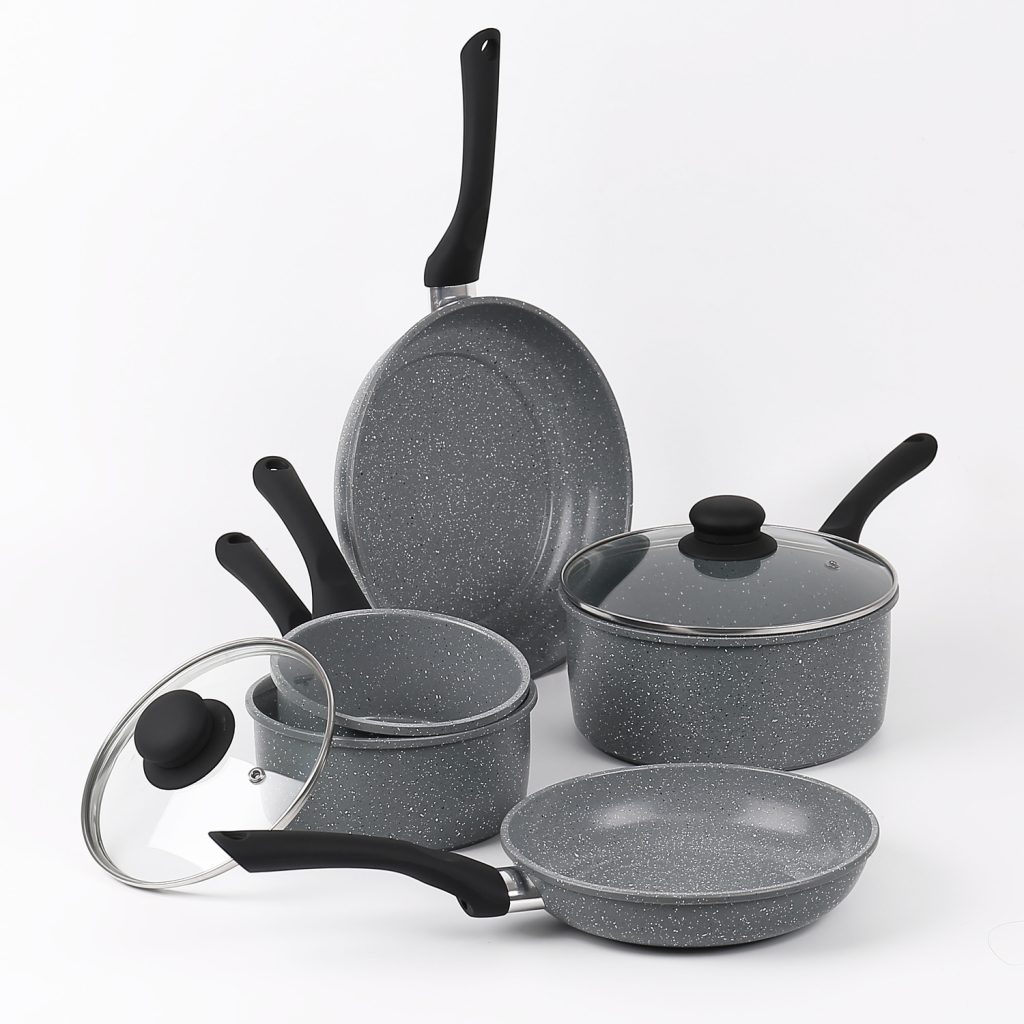
Guidelines for Safely Using Induction Cookware on Gas
Ensuring the safety and longevity of your induction cookware on a gas stove involves following specific guidelines. Here are some best practices to keep your cookware in top condition while cooking on gas.
Best Practices to Avoid Damage and Ensure Safety
- Check for Compatibility: Verify that your induction cookware is gas-stove safe per the manufacturer’s specifications.
- Use Moderate Heat: Always use a medium or low flame to prevent warping and maintain the cookware’s condition.
- Gradual Heating: Heat the cookware slowly to avoid thermal shock, which could cause warping or damage.
- Properly Size the Flame: Match the base size of the pan with the burner size to avoid flame licking the sides of the cookware.
- Avoid Empty Heating: Never leave induction pots or pans empty on a lit burner to prevent overheating and potential damage.
- Regular Cleaning: Clean your cookware after each use to maintain its non-stick properties and overall functionality.
By adhering to these tips, you can confidently use your induction cookware on a gas stove without the worry of damaging your pots or pans. Safety and care can make all the difference in the kitchen.
Summary and Best Practices
In summary, using induction cookware on gas stoves can be a smart choice. With the right cookware, you can enjoy even heat distribution and energy savings. However, safety comes first. Always follow manufacturer guidelines to avoid damaging your cookware or posing a risk to your health.
Best Practices to Avoid Damage and Ensure Safety
- Check Compatibility: Make sure your cookware can be used on gas stoves.
- Use Moderate Heat: Keep flames medium or low to protect your pots and pans.
- Heat Gradually: Slowly heat your cookware to avoid damage from rapid temperature changes.
- Size the Flame Right: Match burner size to pan base to prevent overheating.
- Don’t Heat Empty Cookware: An empty pan on a lit burner can warp or get damaged.
- Clean After Use: Keep cookware in good condition by cleaning it after every use.
By sticking to these simple yet effective practices, you can ensure your induction cookware’s longevity and performance, even on a gas stove. Enjoy diverse cooking experiences without buying new pots and pans. Remember, proper care will help you cook safely and maintain your cookware’s quality over time.
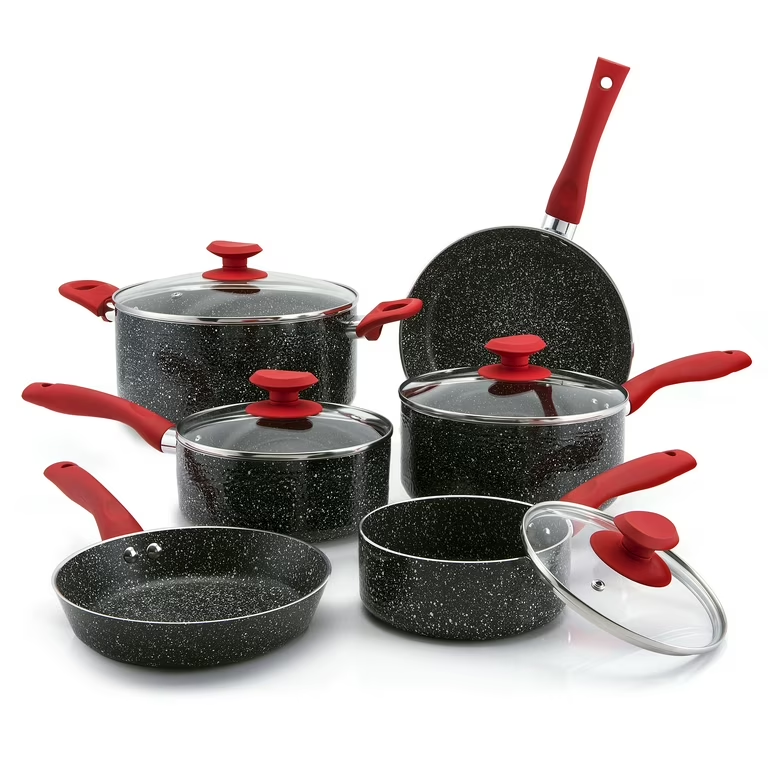
Conclusion
Another factor to consider is the design of the cookware. Some induction cookware may be heavier than traditional pans. This added weight can affect the balance when placed on a gas burner. It is essential to ensure that the cookware sits evenly on the grate. An uneven pot could lead to cooking inconsistencies and potential spills. Therefore, checking the fit of the cookware on the gas stove is crucial for effective cooking.
Furthermore, many people inquire about the safety aspect of using induction cookware on a gas stove. Generally, it is safe to use. However, users should be cautious. The heat distribution may vary, leading to uneven cooking if not monitored properly. Additionally, the cookware may get hotter on the gas flame compared to induction cooking. Proper handling and awareness of heat levels are essential to prevent burns or other accidents.
Cleaning induction cookware is generally straightforward. However, when switching between induction and gas stoves, residue may build up differently. Gas stoves can produce more soot and grease due to the open flame. Consequently, maintaining induction cookware’s cleanliness may require extra effort when using it on a gas stove. Regular cleaning after each use ensures long-lasting performance and appearance.
Some people prefer using induction cookware due to its efficiency and quick heating capabilities. However, versatility is also a significant factor. Many home chefs appreciate the freedom to use their favorite pots and pans. Using induction cookware on a gas stove is not only possible but also offers flexibility. Cooks can explore various cooking methods without investing in an entirely new set of cookware.
In conclusion, using induction cookware on a gas stove is entirely feasible. While there are some considerations to keep in mind, it can enhance the cooking experience. Different materials, designs, and safety precautions all play essential roles. Understanding these elements allows chefs to make informed decisions in the kitchen. Transitioning between cooking methods can broaden culinary horizons and provide added versatility in any cooking space.
